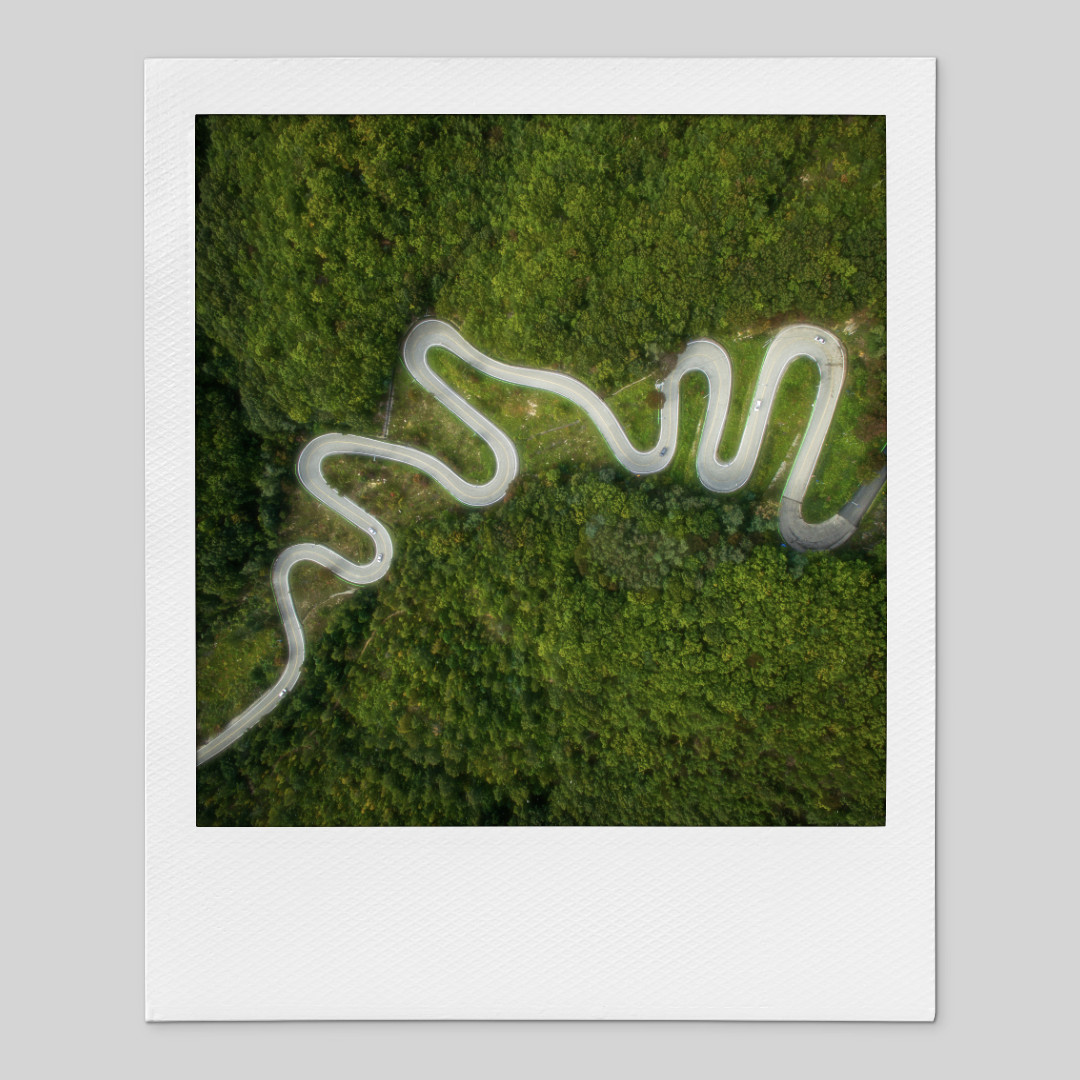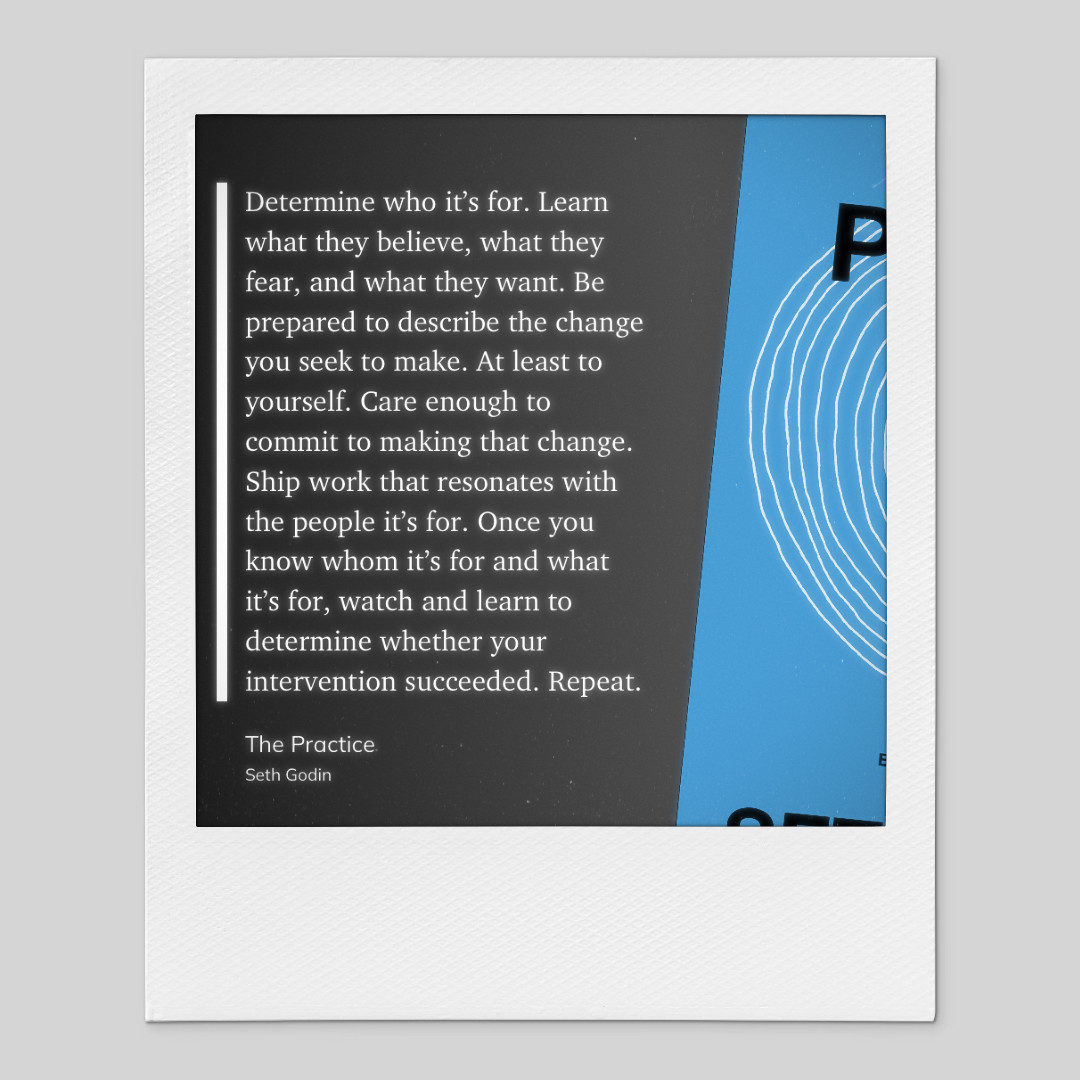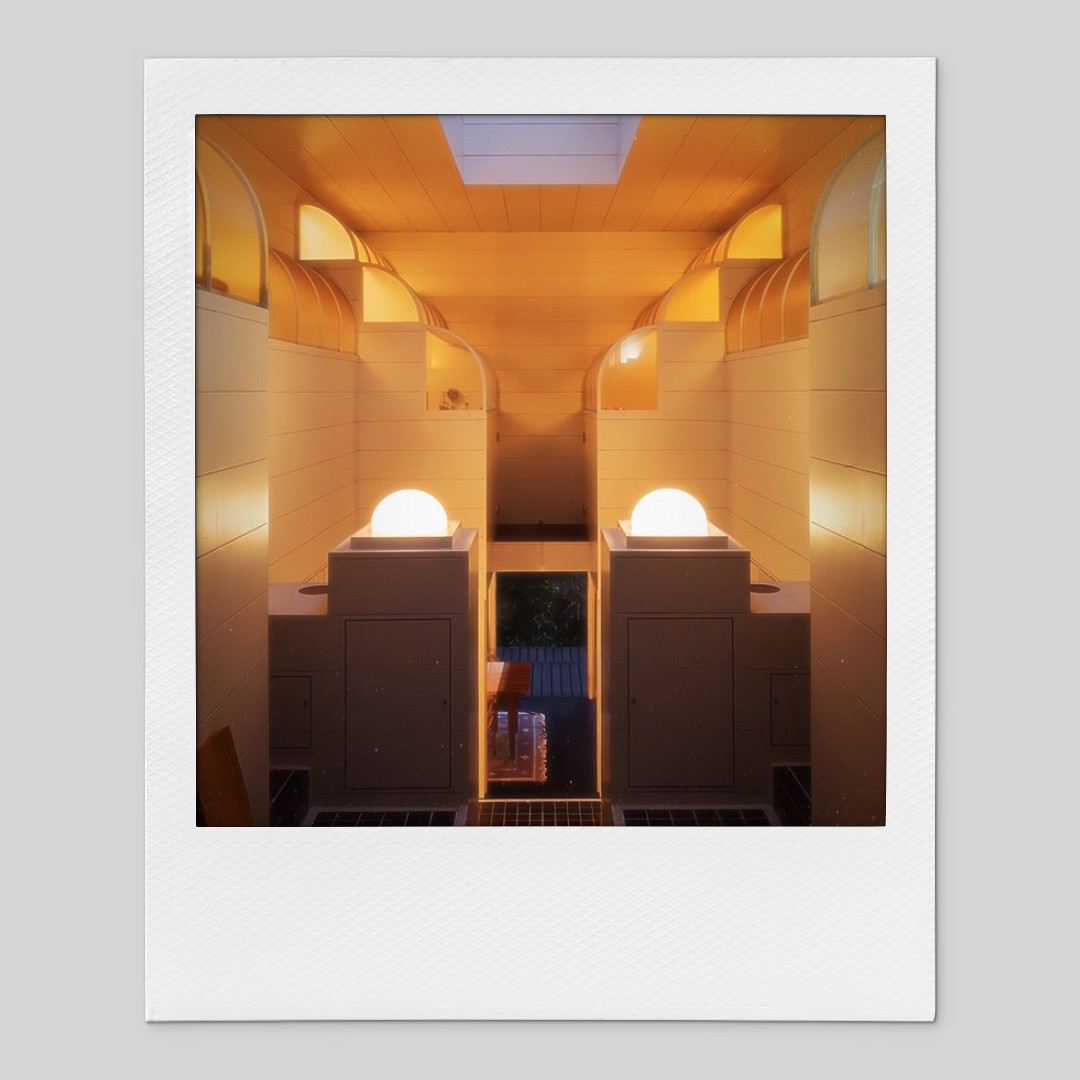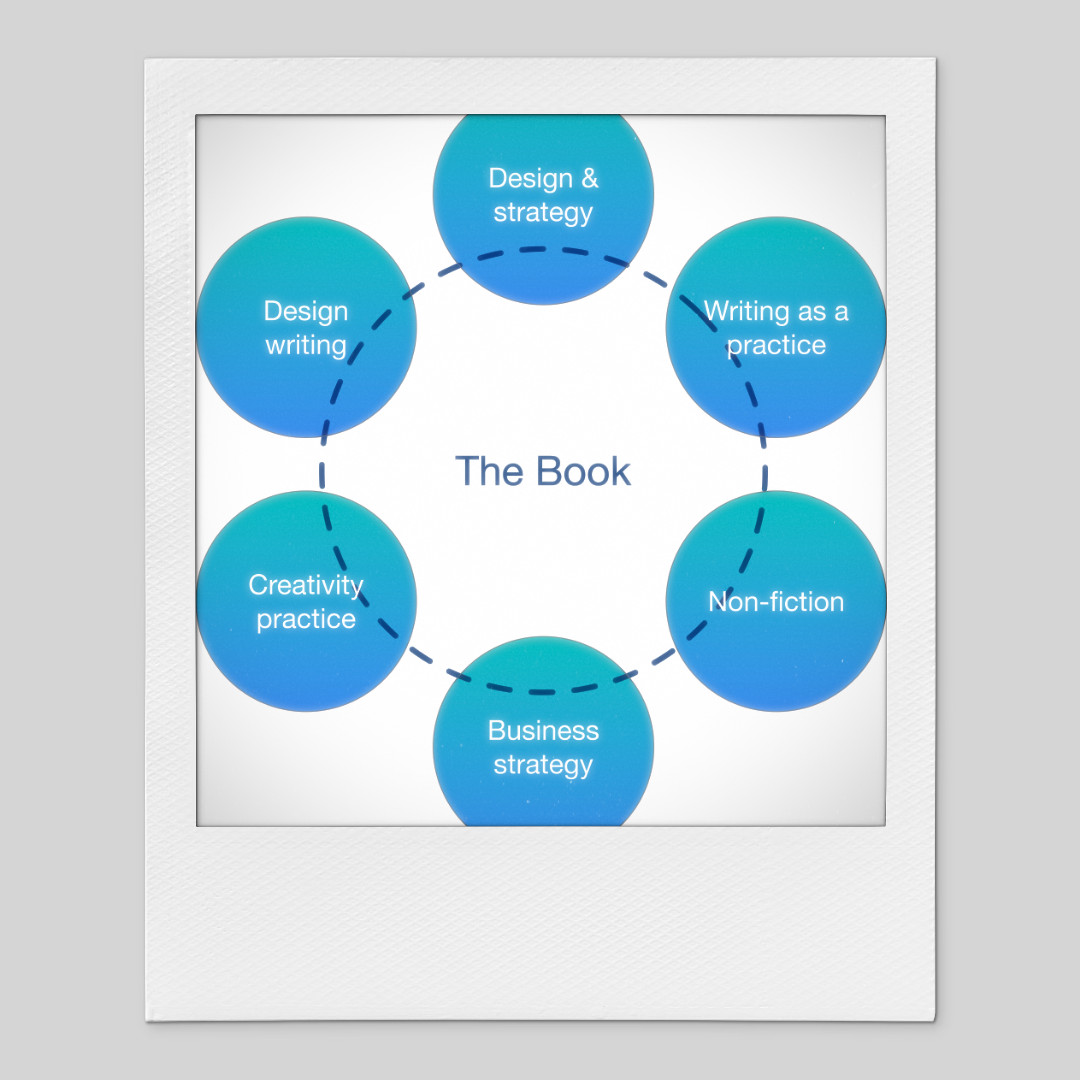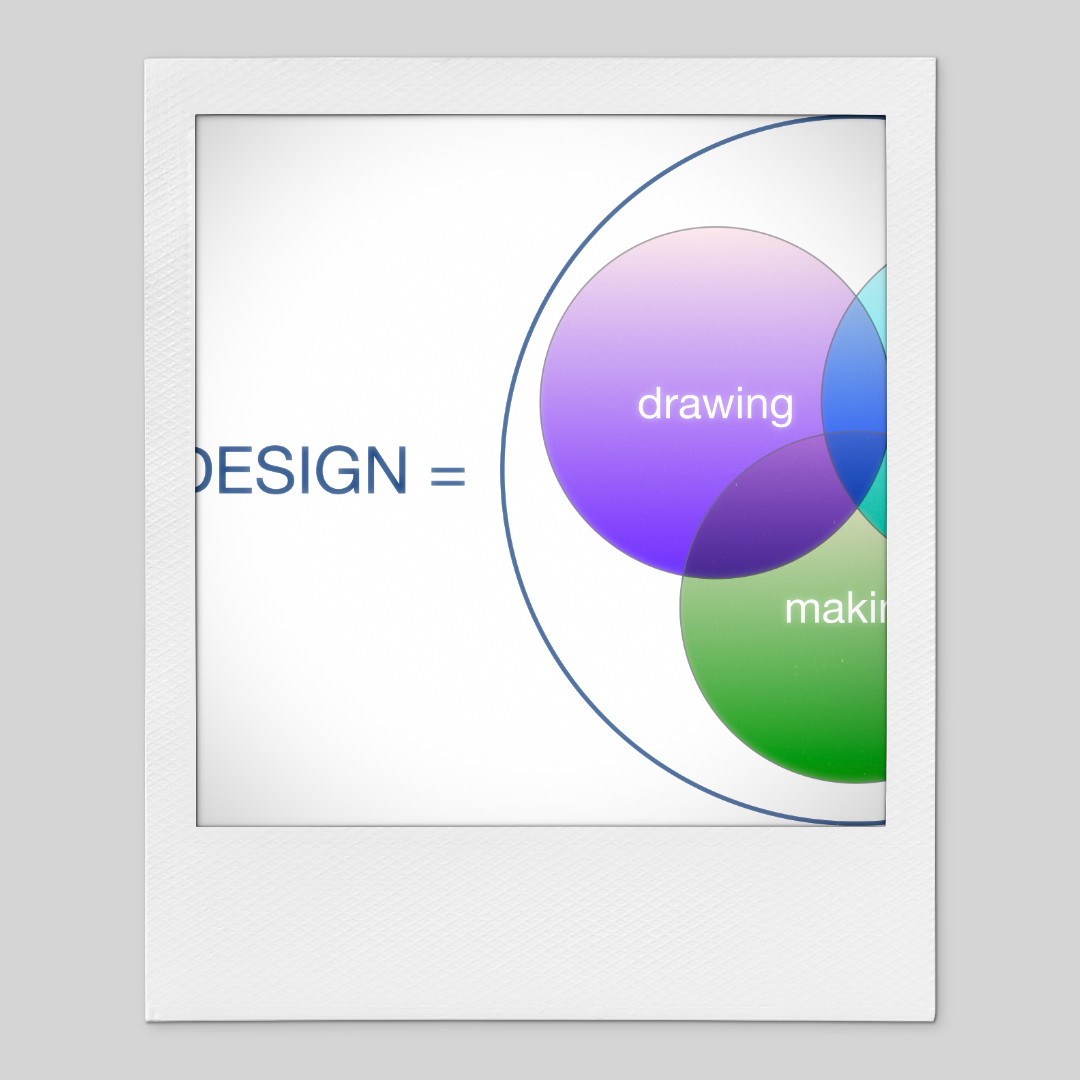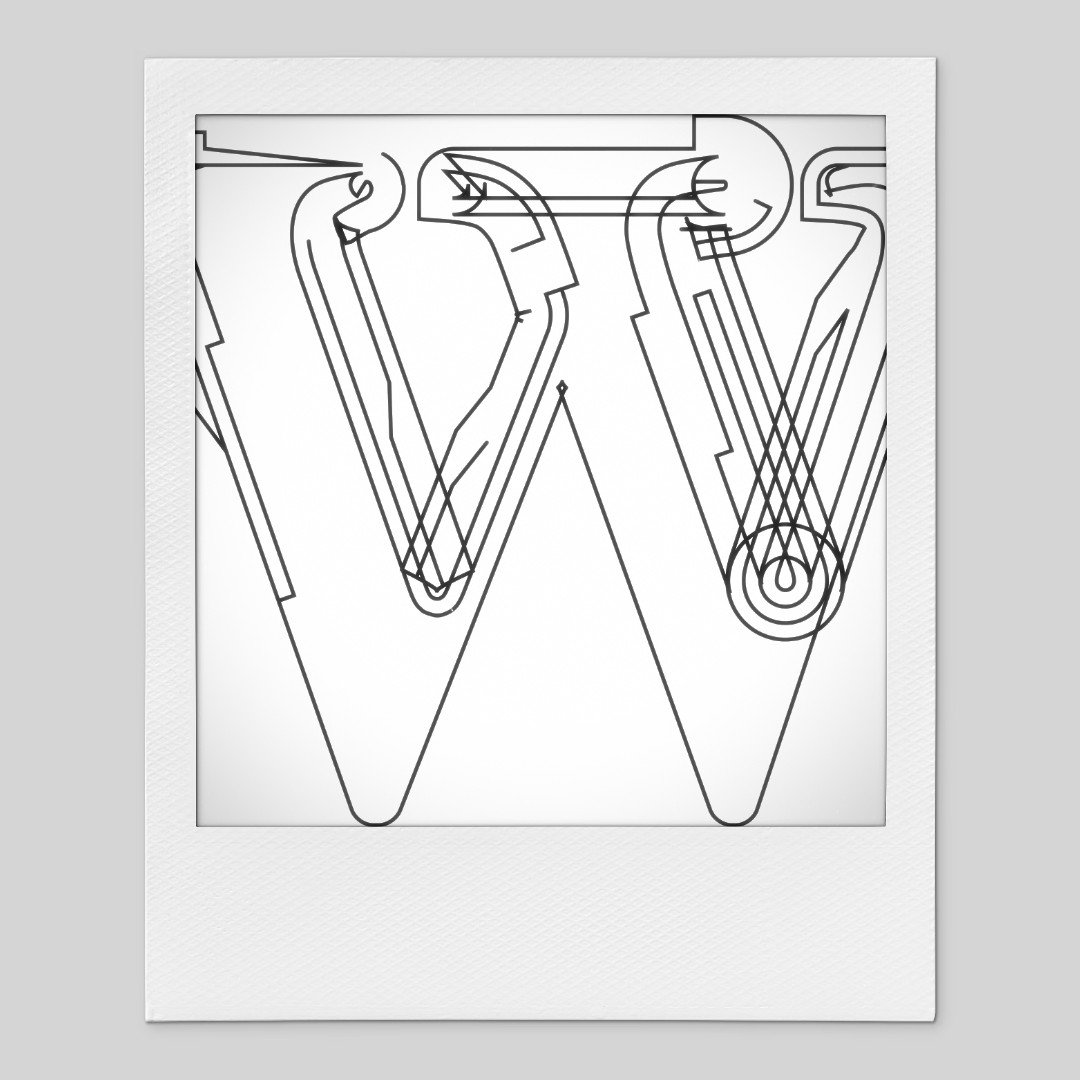Inner-city terrace renovations in Melbourne, Victoria, often follow a unique yet recognizable pattern. This involves preserving the heritage-rich front of the dwelling while creating modern, typically minimal extensions at the rear. The juxtaposition of the historical and contemporary elements creates a balanced, harmonious composition.
Despite the overarching pattern, each renovation features distinct variations, allowing for a wide range of individuality within the projects. These differences ensure that while the form remains consistent, each renovation evolves uniquely over time. The repetition of this pattern not only highlights the depth of modernism's legacy but drives ongoing innovation in architectural design.
Acknowledging these patterns and their evolution is crucial in the narrative of design storytelling. This repetition and variation underscore the dynamic nature of architecture, proving that even within established frameworks, there is room for creativity and transformation.
Read more...Understanding the distinction between a story and an experience can deepen our appreciation of architecture and design. While stories often possess a clear beginning, middle, and end, experiences tend to be more loosely structured, resembling Stravinsky’s *Rite of Spring*, which appears as an assemblage of discontinuous fragments moving within a rhythmic framework. This structure, though seemingly random, is intentional and highly specific, much like the complexity of real life.
In writing about architecture and design, one can adopt a similar approach by assembling fragments that each hold their own rhythm and structure. Architecture is an intricate conjunction of multiple elements such as use, form, function, and context, leading to an overall gestalt that is made up of harmonious yet discontinuous parts. This analogical method captures the essence of architectural structures better than a linear narrative could.
Moreover, architecture is subject to change and entropy, only standing permanently within the confines of styled photographs. The perception of a piece of architecture—whether through a story, an image, or a visit—is always a fleeting moment, a snapshot in the continuous flow of time. This perspective acknowledges the dynamic, ever-evolving nature of buildings and spaces.
Read more...Understanding architecture and interior design involves more than just appreciating the aesthetic; it requires delving into the minds and intentions of the designers. However, architects often find it difficult to communicate their ideas clearly to the public, resorting to a highly specialized language that can alienate clients and laypeople. This creates an insular environment where the most engaged audience for architectural concepts is often other architects, which can be counterproductive for the profession's outreach and vitality.
One way to bridge this communication gap is to simplify the language used to describe architecture. An interesting tool called the UpGoer 5 challenge helps explain complex ideas using only the 1000 most common English words. For example, architecture can be described as "places and spaces that are more interesting because people have thought hard about how they are made and have made them carefully." This simplification makes it easier for non-professionals to appreciate the depth and significance of architectural work without stripping away its complexity or magic.
Effective communication in design is not just about clarity but also engaging a broader audience. Striking a balance between professional jargon and accessible language can make architecture and design fascinating and understandable to all, which is beneficial for both the designers and their clients. Sharing the magic of design in an easily digestible format is not only a sound strategy conceptually but also supports the bottom line by attracting more customers and buyers.
Read more...I have updated the website here to show a renewed focus on the topic of writing design. Check out the "Who is the book for" page here. I have also updated the cover mockup, which is shown below. I think I am getting there, it is taking a bit of introspection and the process of distillation is halting and a bit stop-start. I think it is getting there.

In this post, the writer emphasizes the importance of continual adaptation and re-evaluation in both personal and professional spheres. Drawing inspiration from Seth Godin's "The Practice," the focus is on serving and improving the lives of a specific group rather than attempting to appeal to everyone. The writer proposes to narrow their scope and better define their audience even further, potentially honing in on architects and interior designers to make the greatest impact with their work.
Read more...
In a reflective exploration of personal motivation and the intricate facets of a creative life, the pursuit of making something meaningful emerges as a focal theme. This journey is colored by an array of interests and experiences, ranging from the tangible pleasures of good food and architecture to the ethereal allure of forests, clouds, and haunted houses. The writer's desire to weave these diverse threads into a cohesive project demonstrates a deep-seated need to bring form to the formless, to articulate the undefined.
This endeavor springs from a place of rich personal and professional history, littered with books, spontaneous photography, and the influence of intelligent friends engaging in thought-provoking activities. Despite nearing what many consider the twilight of their careers, there's a palpable reluctance to embrace retirement, hinting at a reservoir of untapped potential waiting to be explored. This underscores a profound commitment to creation, to making a tangible mark that breathes life into the abstract tapestry of interests and ideas that fuel the writer's passion.
As the narrative unfolds, it becomes clear that the act of creation is not to be rushed. The writer posits a cautious approach to synthesizing the myriad elements of inspiration, suggesting that forcing a premature connection might derail the organic development of the project. This deliberate, thoughtful pace reflects a respect for the creative process and the unpredictable ways in which ideas can intersect and evolve into something truly novel and impactful.
Read more...
Embarking on a creative endeavor often feels like navigating through a tangled mess, a sentiment vividly captured when reflecting on the transition from writing.consulting to writing.design. This chaotic state of uncertainty, while bewildering, is paradoxically a sign that the project is progressing well, embodying a crucial phase of integration and synthesis. Such disarray is familiar terrain for veterans of creative industries, though it may perplex those outside this sphere.
In the journey of crafting a book project, the focus has shifted inward towards the realms of architecture and design, areas deeply embedded in the author's professional and journalistic pursuits. This pivot, although it may seem evident in hindsight, highlights the importance of embracing all possibilities when starting from scratch. The gravitation towards familiar territories of design and architecture not only marks a return to one's roots but also promises a rich exploration of these fields in the forthcoming book.
As the project continues to unfold, there's an air of anticipation about what will emerge in the near future. This redirection towards specific professional domains signifies a narrowing of focus that may harness the untamed aspects of the creative process, guiding it towards a more defined outcome. The journey, rife with uncertainty and rediscovery, suggests that the final synthesis will reveal insights intertwined with the worlds of design and architecture, offering a unique perspective to its readers.
Read more...
In an introspective examination of the creative process behind authoring a book, the importance of refining scope and embracing pivots in direction is highlighted. This iterative process is likened to tightening cycles of convergence, leading to eventual divergences that broaden the book’s applicability and resonance. A focal point of this reflection is the influence of architectural training and perspectives, spurred by the insights from "Out of Architecture" by Jake Rudin and Erin Pellegrino, on both the content and structure of the evolving manuscript.
The blog post delves into the transformative power of architectural education and experience in shaping not only professional paths but also the conceptual underpinnings of creative endeavors. This exploration is framed around the notion of navigating the 'before' and 'after' of an architectural career, using the shift as a metaphor for the broader transitions and adaptations required in creative pursuits. The pivot towards a more architecture-centric approach is posited as a strategy to distill the essence of the book’s theme, setting the stage for future exploration of architectural motifs and their universal implications.
By examining the personal impact of architectural principles on the author’s project, the post sets the expectation for a deeper dive into architectural themes in subsequent writings. This approach underscores the integrative nature of seemingly disparate professional experiences and creative outputs, reflecting on the fluidity between specific professional knowledge and its application in broader contexts. The anticipation of more architecture-focused content encourages readers to stay tuned for further insights into how architectural thinking can inform and enrich creative work.
Read more...

